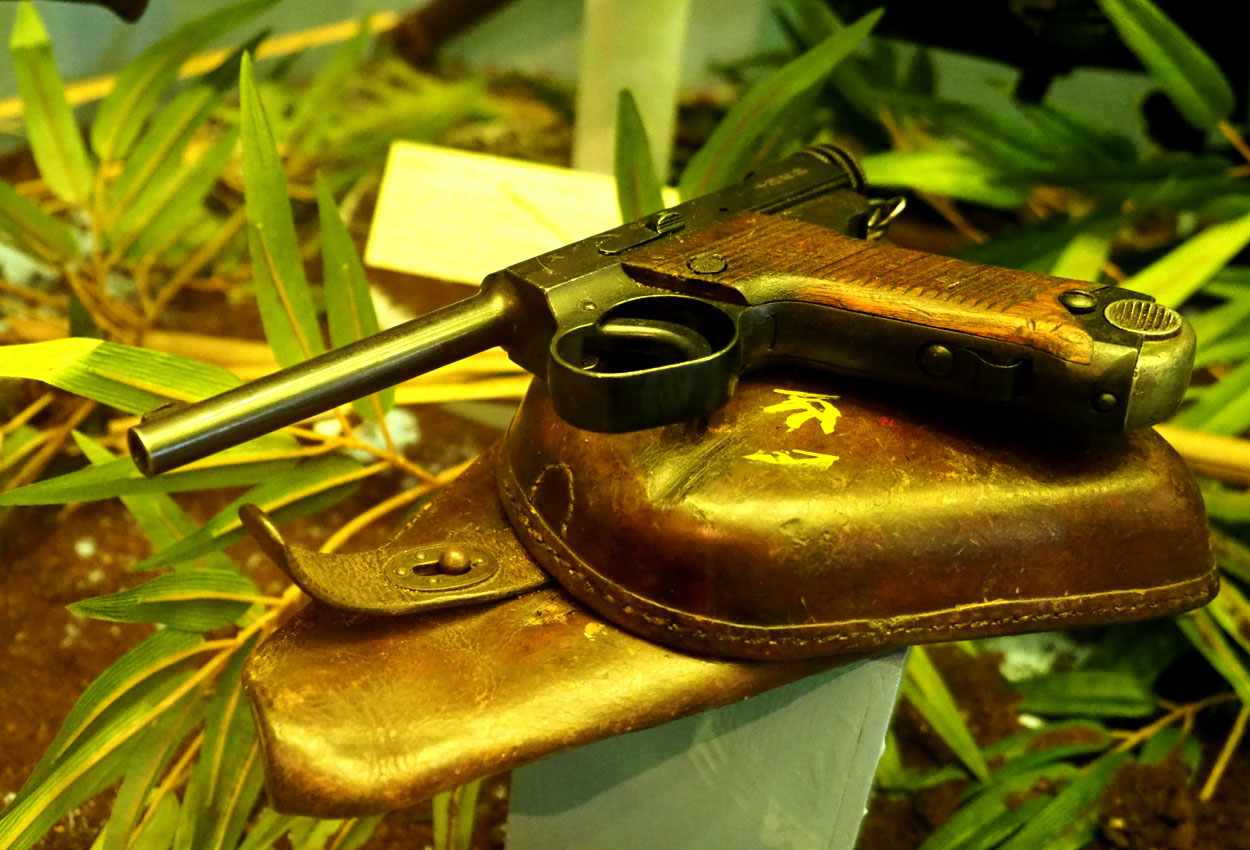A new display at the Dorset Regiment Military Museum in the UK is dedicated to a battle that turned the tide for the British and Indian Armies fighting the Japanese in the Burma campaign.
Key to the success of the battle of Kohima was the introduction of just one small tank that enabled the troops from the 2nd Battalion Dorset Regiment to clear the enemy from the strategic hilltop and hold it from then on to the end of the war.
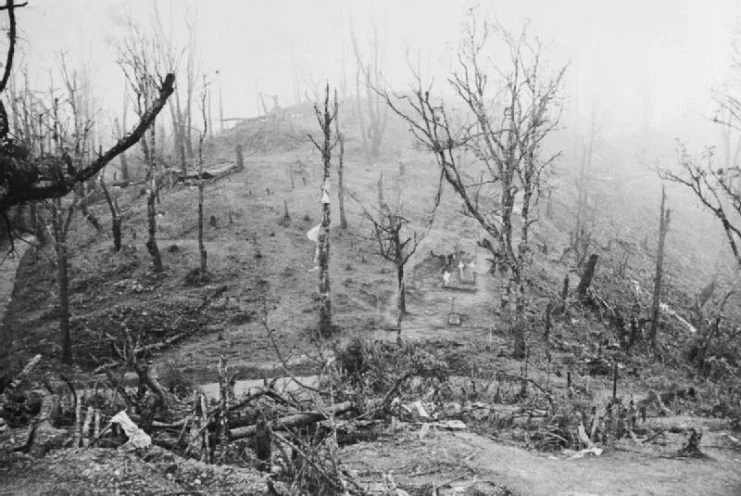
The miracle was how the regiment managed to get the tank up the sheer face of the hill under fire from the Japanese. It then went on to help flush out the entrenched fighters who were reluctant to surrender any ground and would rather face death.
Even more amazing was that the key part of the battle was fought over a tennis court in the grounds of the former District Commissioner’s bungalow and garden.
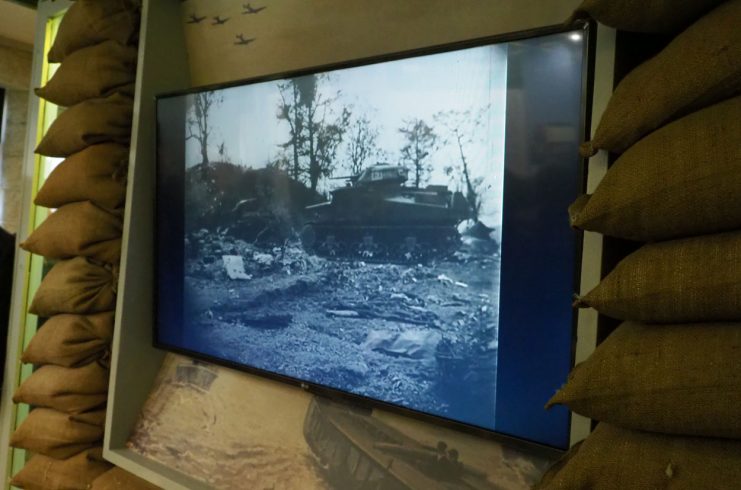
The small M3 Lee Grant tank was dragged and lifted up the hillside using a bulldozed track and once it was lowered or rather dropped into place on the tennis the attack started.
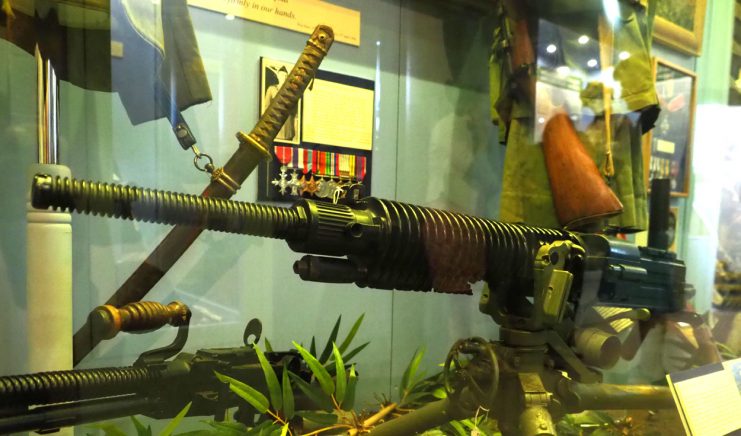
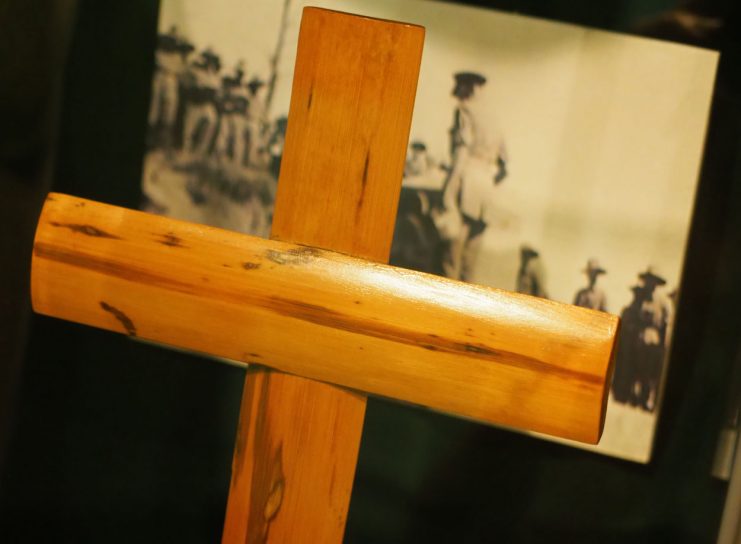
While the tank at point blank range blasted the Japanese bunkers still from the tennis court as the troops followed up slowly clearing the dozens of foxholes that still had persistent enemy deep within them.
Demolition charges with 10 second timers were used for a while, until a few were thrown back by plucky Japanese defenders. They were then altered to 4 seconds which meant the Dorset troops had to get them into the foxholes with absolutely no delays.
However, the role of this tank and its crew has been remembered on the anniversary of the date of the battle’s victory in Dorchester, Dorset, May 13th.
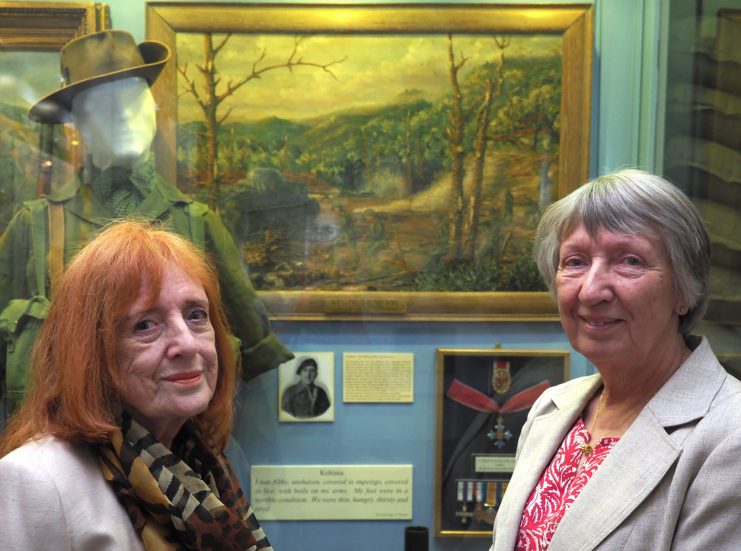
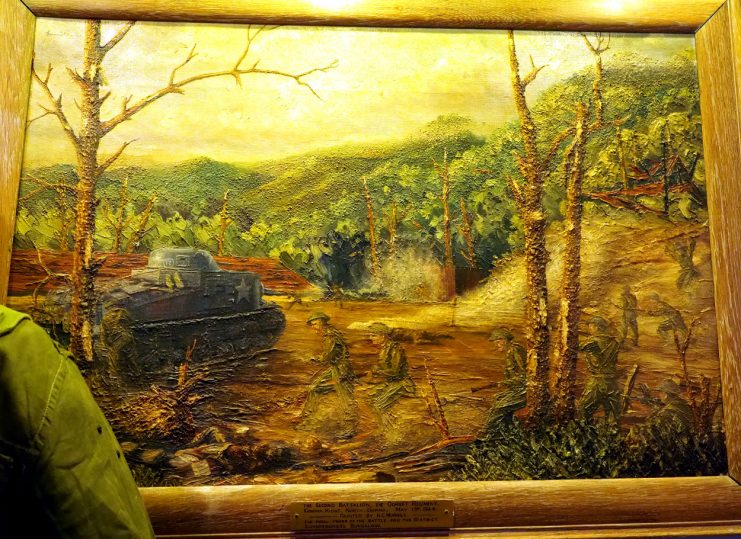
Members of the tank commander’s family and relatives of other soldiers of that battle were invited to see a new gallery and watch unique footage of the battle itself on that very day! Indian Army and African units also were part of General Slim’s 14th Army Group.
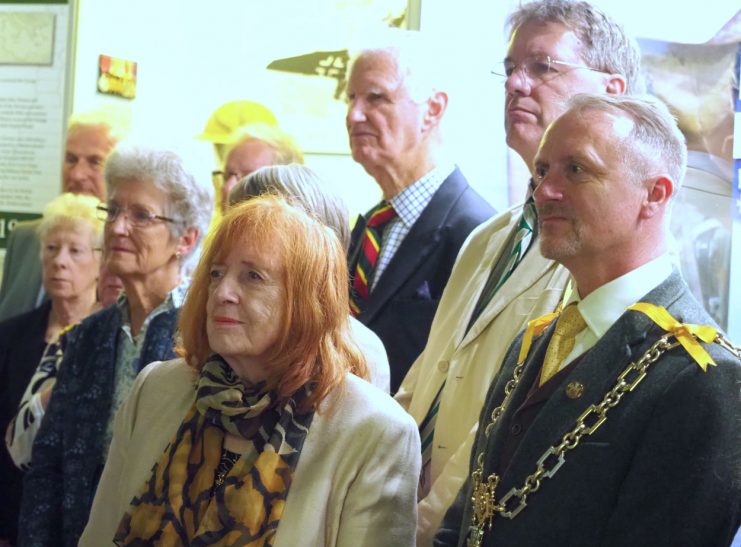
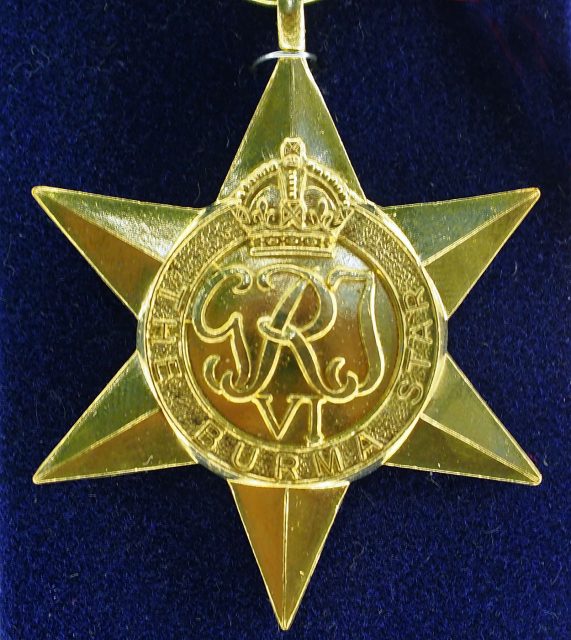
Plus, along with their Indian unit cameramen who recorded part of what turned out to be probably the key battle of the Burma Campaign. General Slim who later became Field Marshall realised that he had to prop up the defence of Kohima once he knew that losing it would cut off supplies to his other units fighting a dual battle nearby at Imphal.
The tank commander Sgt James Waterhouse’s daughters Pat Rolfe and Janet Fox from Yorkshire were at the event and were thrilled to see that their father’s photograph in pride of place in the display and were moved to see actual footage of the tank in action on the tennis court.
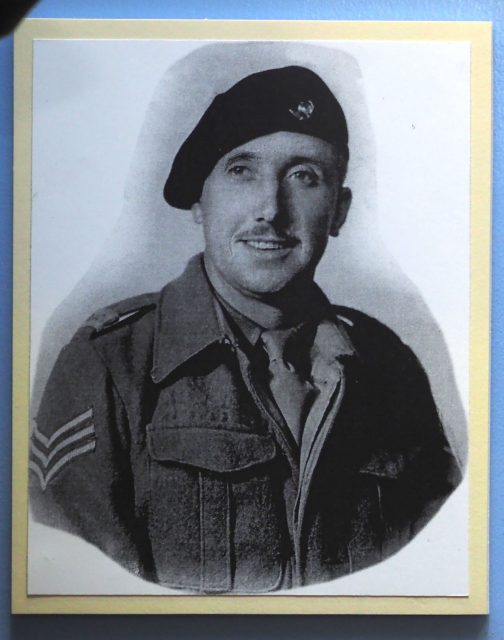
Once the rat infested and fly ridden area of commissioner’s bungalow was cleared by the Dorset Regiment where hundreds of half buried bodies were left exposed after numerous shell explosions had pummelled the site.
The tide for the allies after Kohima was turning and the Japanese along that whole front which was just over the Indian border in Nagaland started to retreat back into Burma.
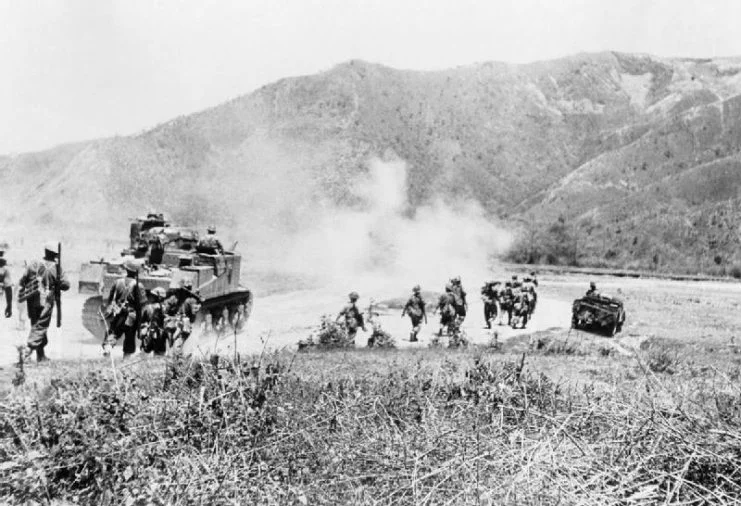
Fierce fighting by what was called “The Forgotten Army” continue back down through the lowlands of Burma but that took over a year to finally push the Japanese out. They eventually surrendered after the nuclear bombs were dropped on August 6th and 9th 1945.
Website: www.thetraveltrunk.net
Twitter: @THETRAVELTRUNK
Another Article From Us: Fact or Fiction? The Japanese Fighter Plane Shot Down With a Pistol, From a Parachute!
Geoff is an award winning travel blogger and writer, experienced media photographer, supplier of images to the UK national newspapers and publications worldwide. Video filming and editing.
